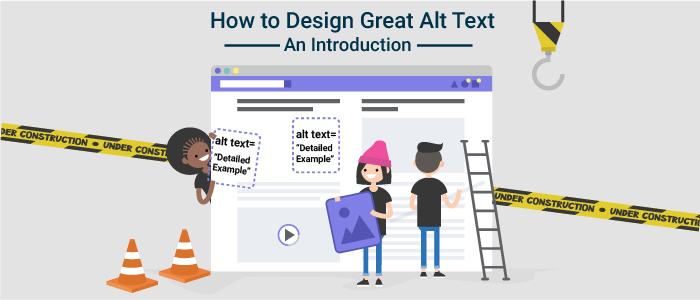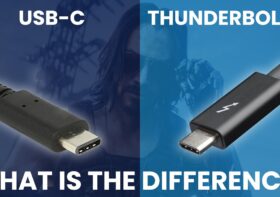How to Plan Header Tags and Alt Text for SEO and Accessibility Compliance? AccessiBe

The two most important things web developers and designers need to consider when they build a business website are accessibility compliance and SEO. The reassuring fact is that most of the elements of SEO and accessibility are mutually satisfying. For example, making the web pages responsive will enhance their readability on various devices. At the same time, responsiveness is one of the major ranking elements of major search engines. This article will discuss some of the major accessibility and SEO compliance elements.
AccessiBe on Proper header structure
When it comes to devising the content hierarchy of web pages, the header tags are ideally used to structure the content the same way how we used to structure the high school essays. AccessiBe points out that in HTML formatting, there are 6 header tags from <H1> as the page header to <H2> through <H6> as various subheadings. An ideal header structure meets the following criteria.
- Follows the logical sequence of H1 to H6 and does not skin any section in between.
- The header properly describes the content below.
Proper header structure accessibility benefits
Those who have any cognitive difficulties or compromised reading skills may take advantage of headers to navigate easily to which section they like to read. Additionally, those who rely on screen readers also need to get a good interpretation of the content through the header. With a proper structure, screen readers allow the users to skip through headers till they find the apt section which they want to read.
SEO benefits of proper header tags
User is the central element in SEO. If the content of any page matches user intention, then it can boost SEO organically. External links which are being open in a new window and the headers which are considered critical are crucial in content. Google confirmed the fact that it is ideal for breaking the content into small chunks of logical grouping.
Alt text for content and keyword
Alt-text is actually meant to offer a textual description of the media elements on web pages. In fact, people confuse alt text with captions. Captions are made visible to the viewers to explain the image, whereas alt text is for people who cannot view it and may use screen readers to interpret the image. So, alt text will describe the image at the back-end.
Accessibility benefits of alt text
Alt-text is one of the most fundamental needs of accessibility. It is addressed as important in the WCAG guidelines too. Screen readers loudly read out alt text to provide an insight about the content of the image to the people with visual deficiencies.
SEO benefits of alt text
Alt text and computer vision algorithms help Google crawlers understand the page’s content and its relevance. So, strategic alt text will help enhance the technical SEO. Moreover, alt text will also act as a keyword if you want to get your image to come up on Google search for images.
AccessiBe explains here how these two accessibility elements intersect with SEO; there are many other mutually contributing elements too to help improve your site’s SEO and accessibility compliance.




Leave a Reply